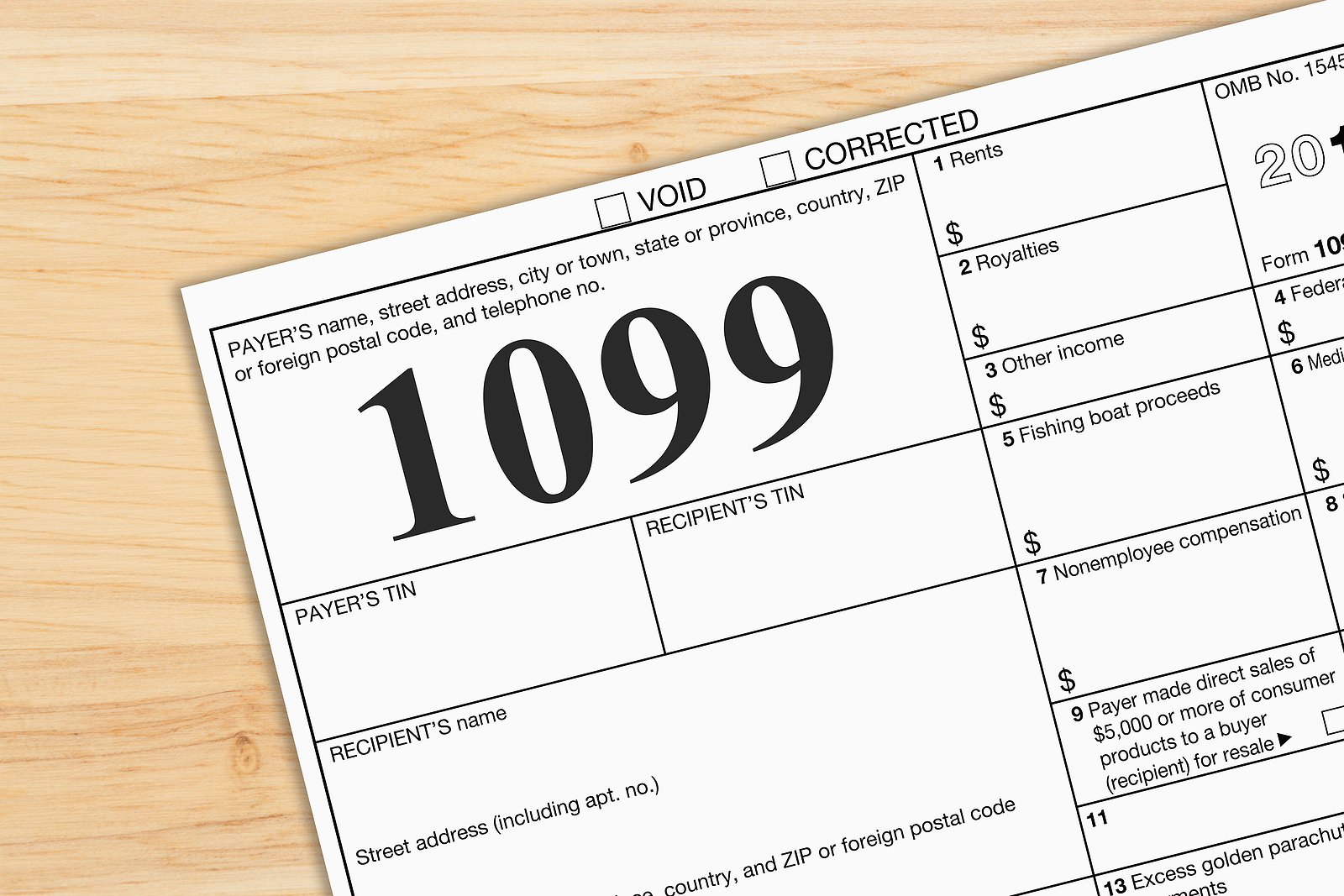Ready for a blast from the past?
OK, maybe that description is a bit ambitious, but we think it’s interesting that the government is now bringing back Form 1099-NEC, which was last used back in 1982, during the Reagan administration. For the last few decades, business owners and local government were responsible for using the Form 1099-MISC to report nonemployee compensation. But with the return of Form 1099-NEC, municipalities can say hello to a revamped form. We know it’s been a while since you dusted off your signature 80’s shoulder pads, leg warmers, and Walkman. So, we figured you’d want a refresher on this form as you head into the 2020 tax season. Here’s what you need to know:
You’re familiar with Form 1099-Misc – it’s like a W2 designed to report certain types of compensation to individuals and unincorporated entities based on what the business or municipality has paid them throughout the year. It’s not disappearing, but for the 2020 tax year, payors will no longer report nonemployee compensation, such as payments to independent contractors, on this form. Instead, that’s where Form 1099-NEC comes into play (download it here).
Generally, you’re required to file a Form 1099-NEC if you meet the following conditions:
- You paid someone who’s not your employee
- You paid for services during your trade or business
- You paid an individual, partnership, estate, or corporation (in some cases)
- You paid at least $600 to the payee during the year
Miscellaneous service payments other than nonemployee compensation should still be reported on Form 1099-MISC. This includes payments of at least $10 in royalties or broker payments in lieu of dividends or tax-exempt interest, and payments of at least $600 in:
- Rents
- Payments to an attorney (other than fees for services)
- Section 409A deferrals
- Nonqualified deferred compensation
There are other categories that are less likely to be applicable to local municipalities, for further clarification, please reference this IRS link.
For 2020, the IRS requires you to furnish the statements to recipients and file Form 1099-NEC on or before January 31, 2021. This differs from the Form 1099-MISC IRS filing deadlines: if you file on paper, you must file Form 1099-MISC by March 1, 2021; if you file electronically, you must file Form 1099-MISC by March 31, 2021. The deadline for furnishing the 1099-MISC to the recipient is the same, January 31, 2021. Determining which form you will need to file depends largely on the agreement or relationship your municipality has with a given recipient. As a best practice, we suggest that municipalities carefully review the IRS requirements for independent contractor status and always get W-9 forms completed before making any payment to a new vendor or independent contractor. This will save tremendous time at year-end and reduce your chances of getting slammed with IRS penalties. As always, if you run into confusion navigating this change, please contact our dedicated team at RBT.


